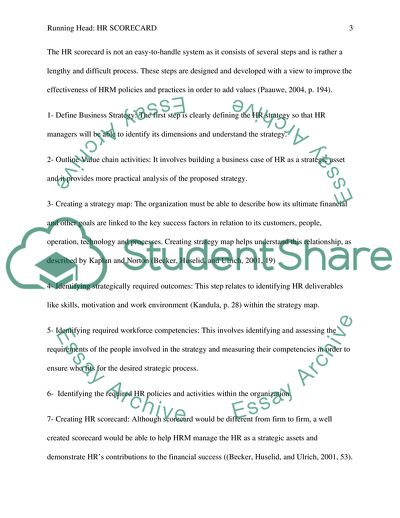Cite this document
(What Is the HR Scorecard Approach Assignment Example | Topics and Well Written Essays - 1500 words, n.d.)
What Is the HR Scorecard Approach Assignment Example | Topics and Well Written Essays - 1500 words. https://studentshare.org/human-resources/1745798-3-questions-see-order-instruction
What Is the HR Scorecard Approach Assignment Example | Topics and Well Written Essays - 1500 words. https://studentshare.org/human-resources/1745798-3-questions-see-order-instruction
(What Is the HR Scorecard Approach Assignment Example | Topics and Well Written Essays - 1500 Words)
What Is the HR Scorecard Approach Assignment Example | Topics and Well Written Essays - 1500 Words. https://studentshare.org/human-resources/1745798-3-questions-see-order-instruction.
What Is the HR Scorecard Approach Assignment Example | Topics and Well Written Essays - 1500 Words. https://studentshare.org/human-resources/1745798-3-questions-see-order-instruction.
“What Is the HR Scorecard Approach Assignment Example | Topics and Well Written Essays - 1500 Words”. https://studentshare.org/human-resources/1745798-3-questions-see-order-instruction.


